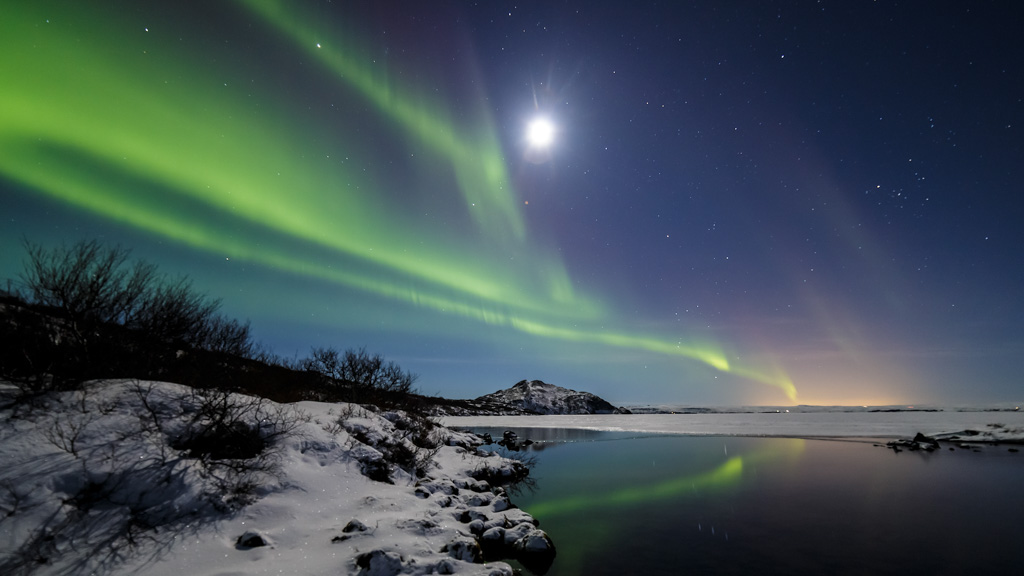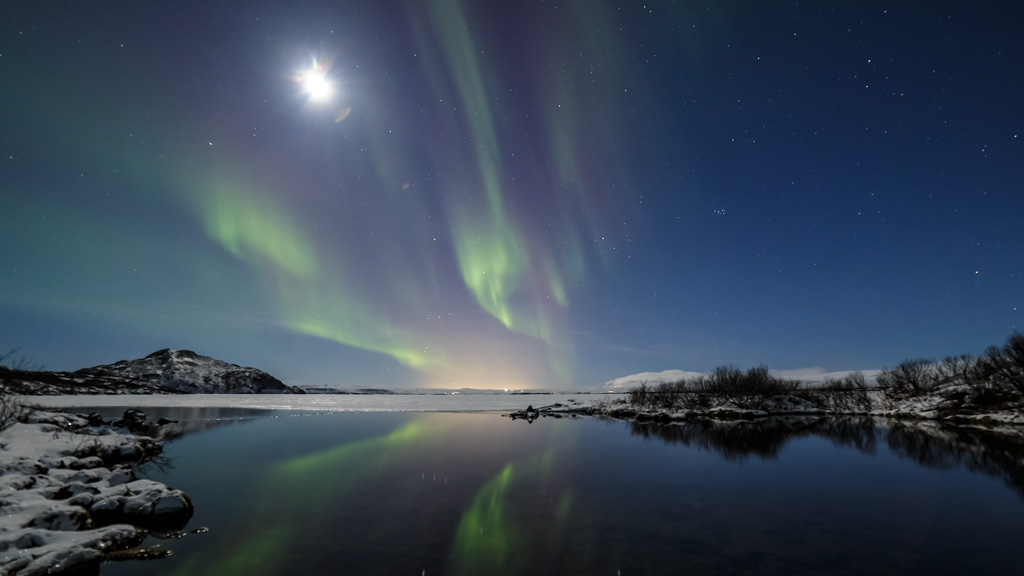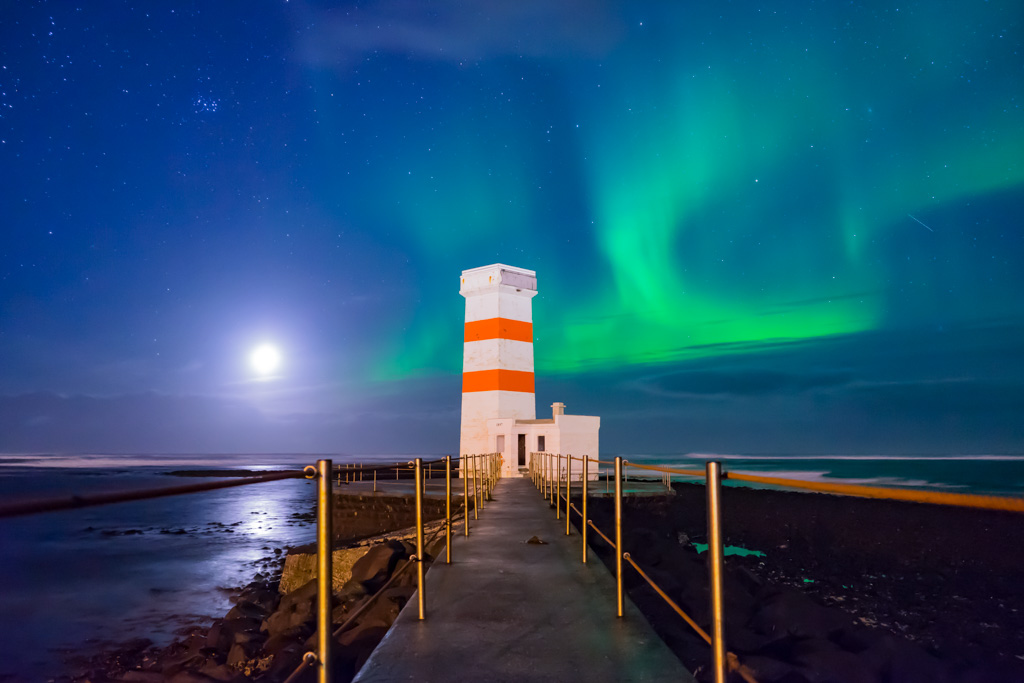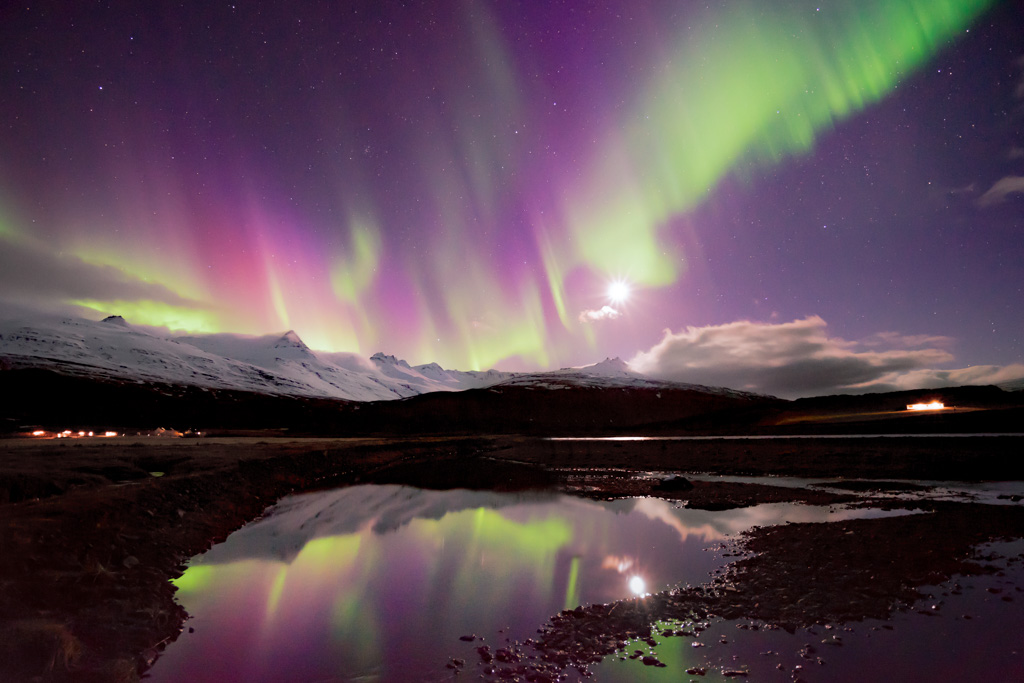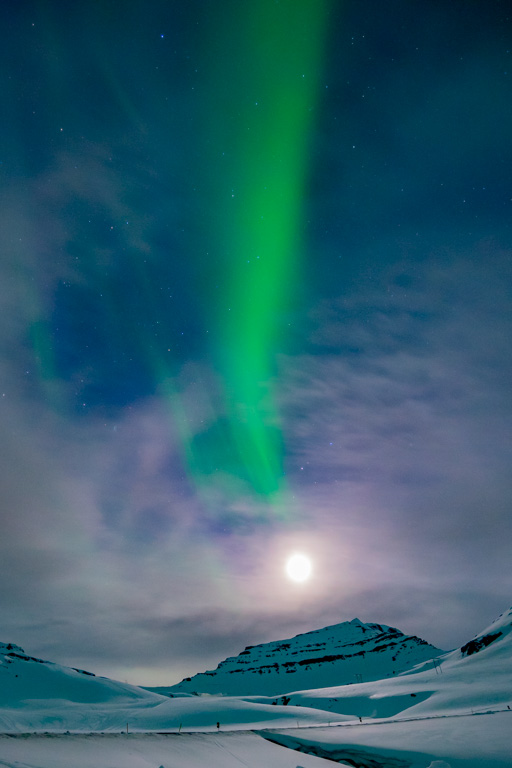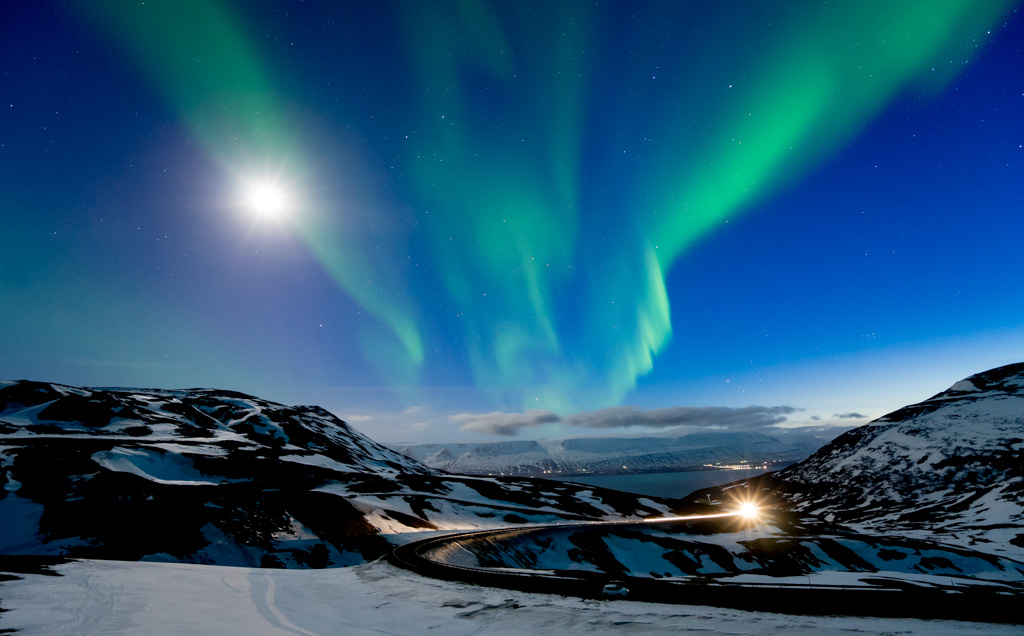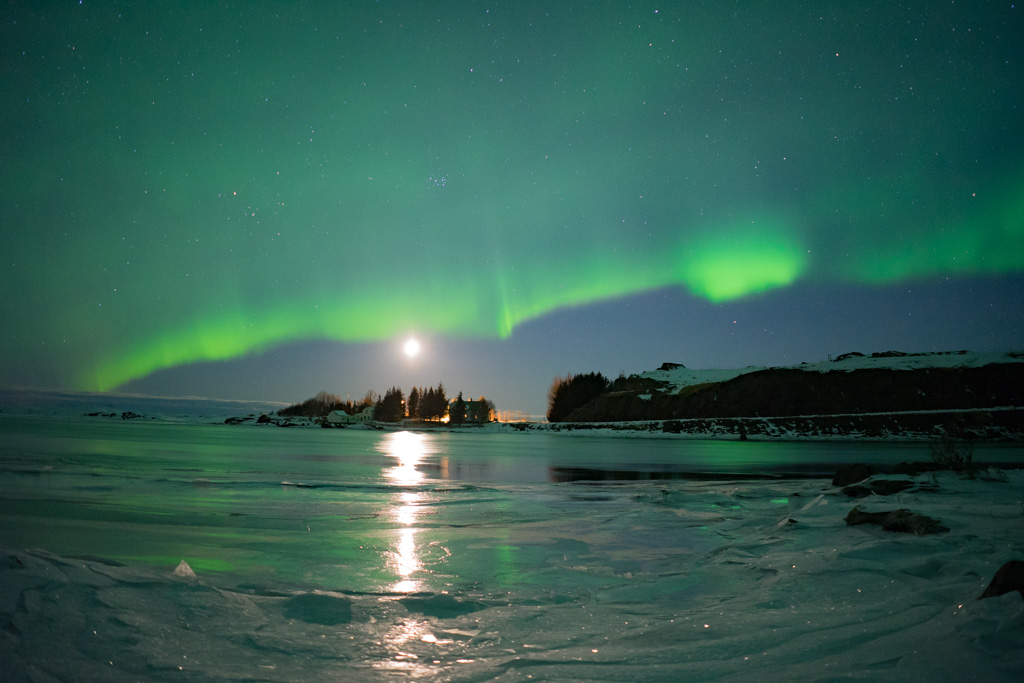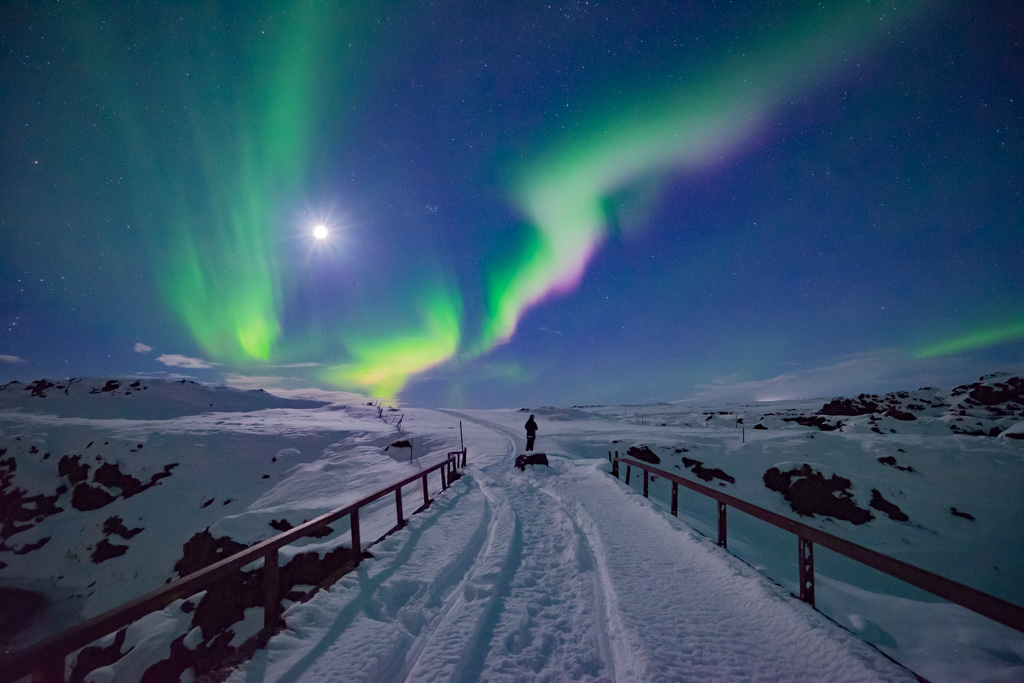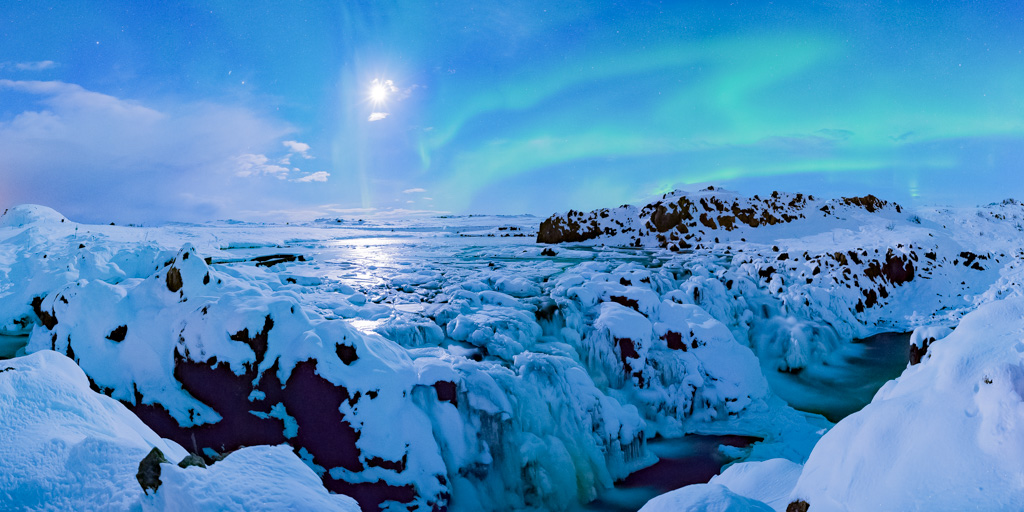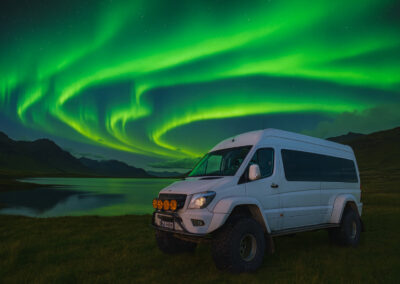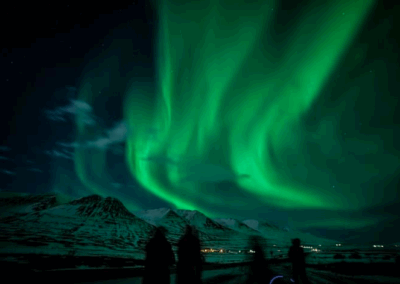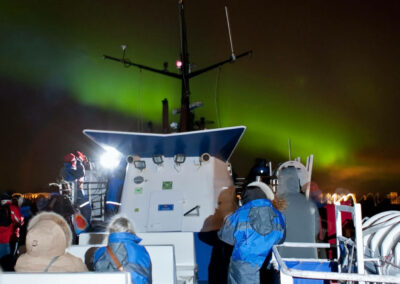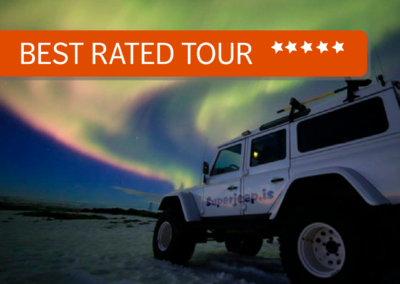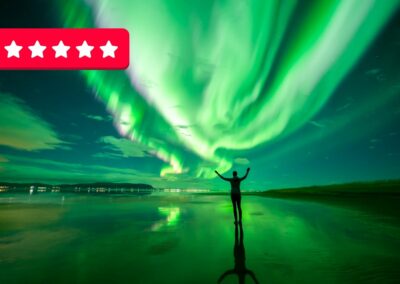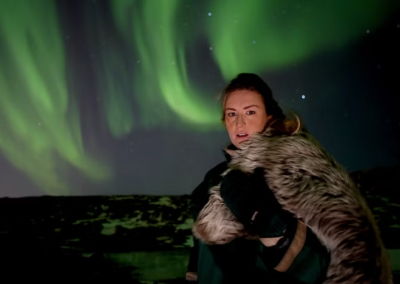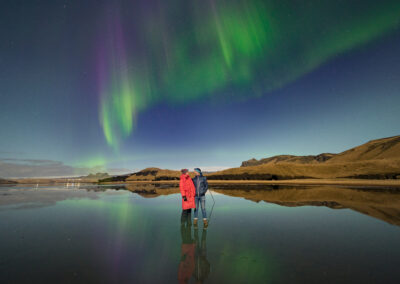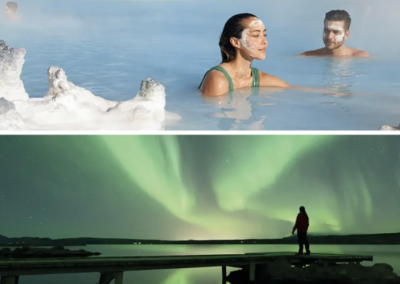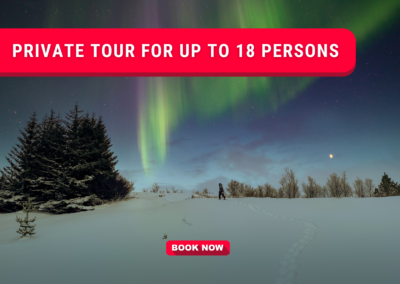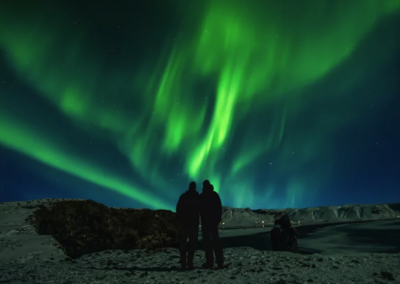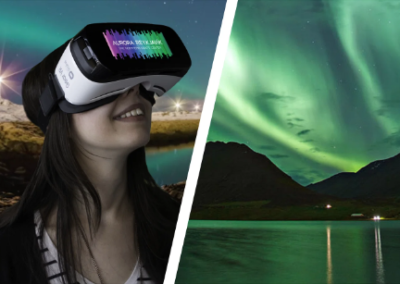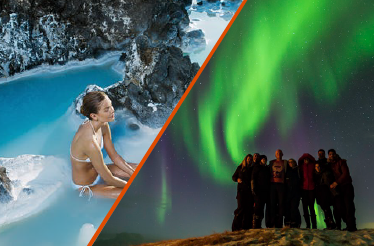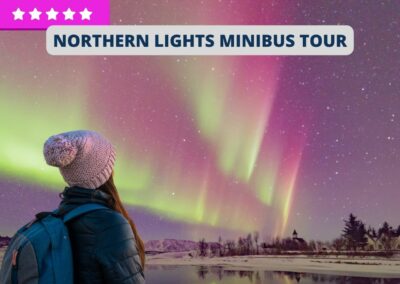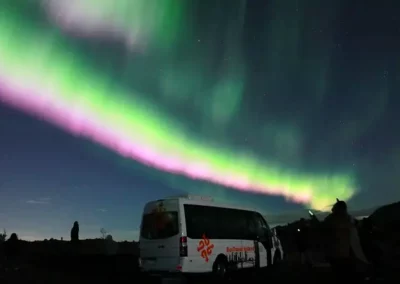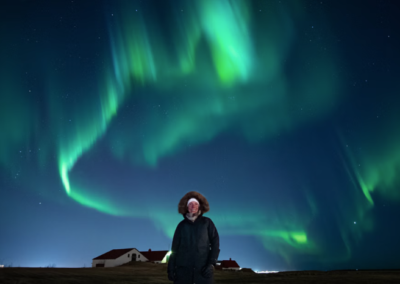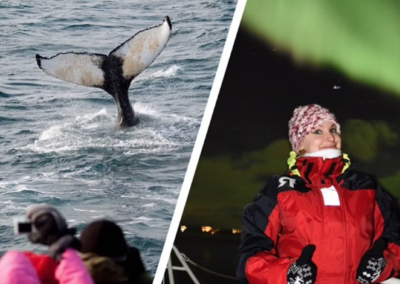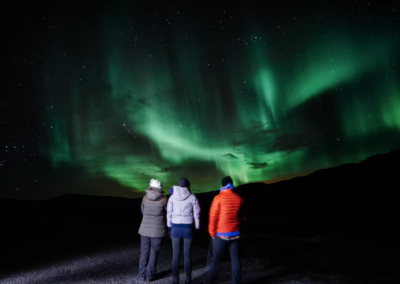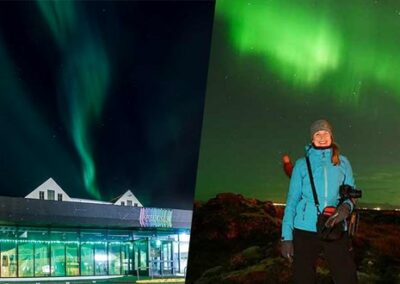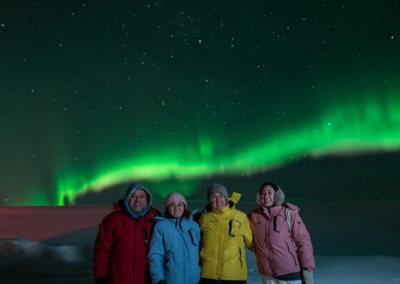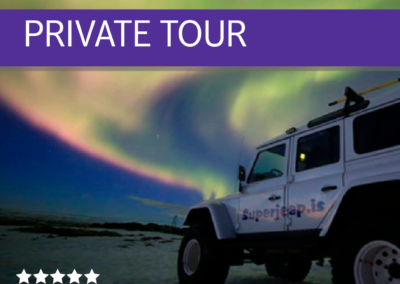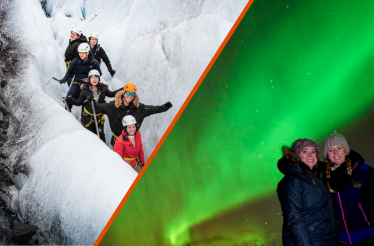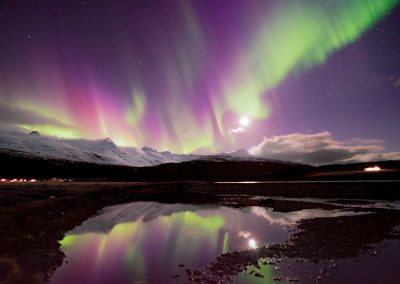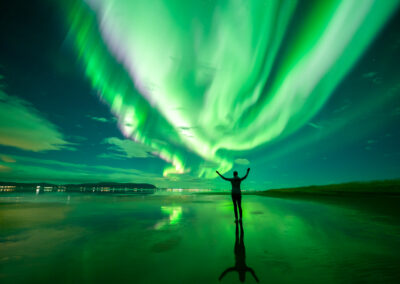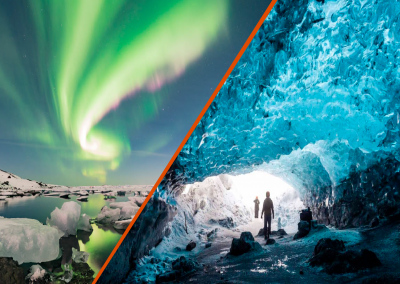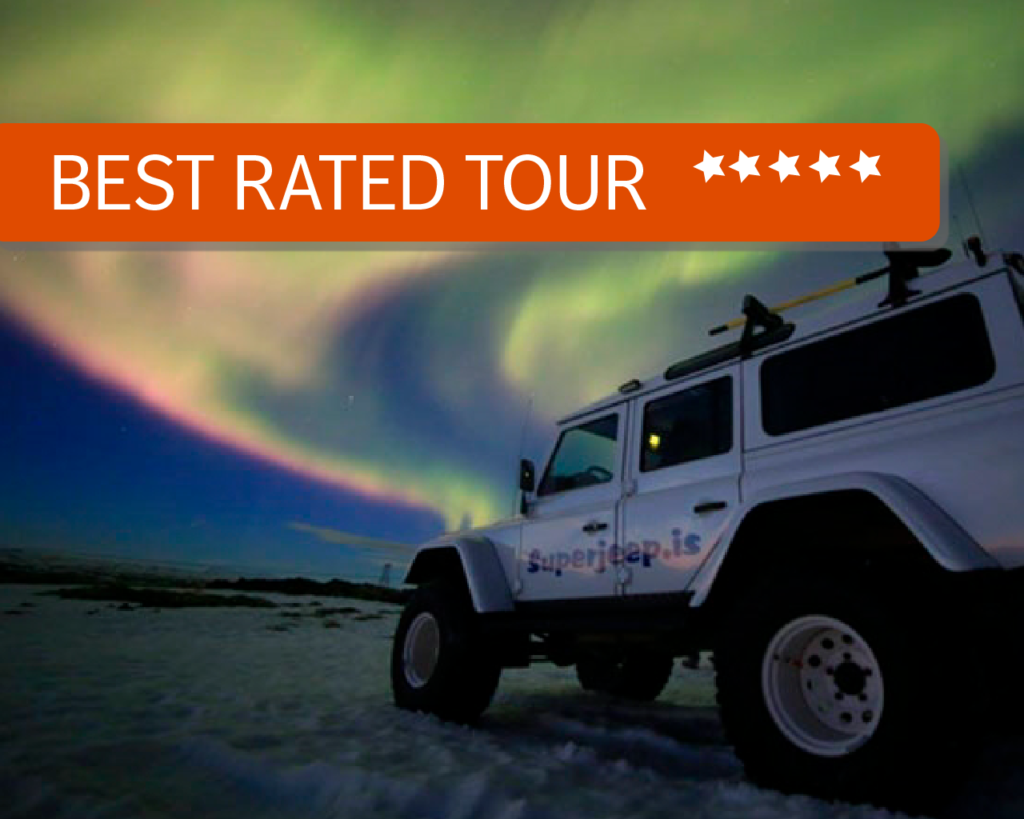Help! It’s full moon! Will it ruin my aurora experience?

Find a revised version of this article here
Imagine this: You just made it in the subarctic region, right under the auroral oval. It seems like you’re incredibly lucky: You hit the right time of the year (it’s dark enough!), the solar activity is good, and – oh my – clear skies ahead! Fantastic! But then… whoops… you forgot to check on the moon! Round and full and bright will it appear at the arctic night sky, as if it had just one mission: Spoiling your lifelong dream of experiencing the magic of the northern lights aka aurora borealis.
So, here’s our spoiler: Don’t worry! It’s not all lost just yet. In fact, we as aurora photographers and filmmakers love the full moon, and for each month during the northern light’s seasons, these days are marked as “head out” in our calendar.
Full moon aurora at Þingvellir National Park, Iceland
Does the moon affect the northern lights itself?
But let’s start from the beginning:
The Northern Lights are maybe the most magical natural phenomena we can witness from Earth. Their primary cause is activity on the Sun. Auroras happen when electrons emitted by the Sun react with different gases in Earth’s atmosphere. The charged solar particles excite those earthly atoms, causing them to light up, creating what we call the northern and southern lights. The conclusion? You guessed it. The moon has absolutely no effect on either solar winds or geomagnetic storms whatsoever.
It all depends on the strength of the aurora
That being said, as every stargazer knows, a full moon does cast a lot of light in the sky. And yes, for untrained eyes, it does make it harder to see the aurora, just as bright moonlight can drown faint stars from our view.
However, it all depends on how strong the display is that you are witnessing. A weak aurora might be drowned in bright moonlight, but if you get a moderate to a high level of solar activity, you will still get a good view of the northern lights. Contrary to what you might have heard, it is possible to see the aurora borealis, or northern lights, when there’s a bright moon, even a full moon, in the sky.
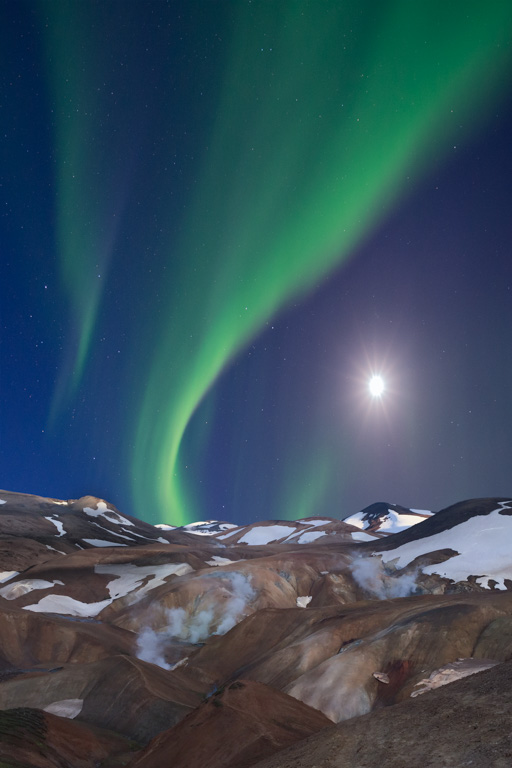
Full moon aurora in the highlands, Iceland
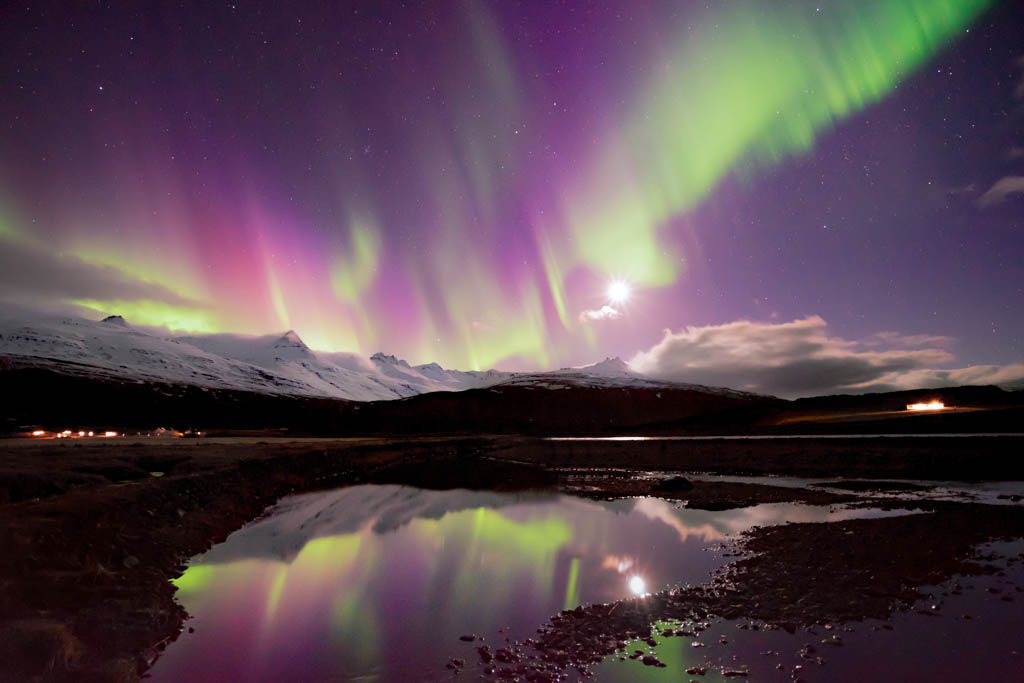
Full moon aurora in the East Fjords, Iceland
So why do we love the full moon for northern lights hunting?
Scroll through our gallery, and you will easily spot the answer in our photos:
- Moonlight lights up the foreground and makes the whole scenery even more magical.
- The sky occurs beautifully in deep blue instead of pitch black.
- Especially for Northern Lights portraits, the moonlight can softly light up people, so they won‘t just occur as silhouettes.
- Das shutter speed is much shorter, making it easier for people to stand still and therefore occur sharply in long-exposure shots.
- The shorter shutter speed also makes time-lapses look much more realistic and closer to real-time videos.
- Due to the shorter shutter speed, the shapes and patterns of the northern lights occur much more clear in the pictures.
- Last but not least, a full moon night makes it also much easier for us to orientate in the dark and to enjoy the scenery to the fullest. Believe me, it has its advantages if you don‘t have to worry to disappear in a lava cave with just one wrong step in the darkness. It‘s still Iceland after all!
In conclusion: If you want to enhance your chances to witness the northern lights with your bare eyes, try to avoid any lunar light. If you aim at taking a great shot, join us when the moon is out.
So, if you can – buy the ticket, get the ride. You will find our hand-picked selection of tours here:

